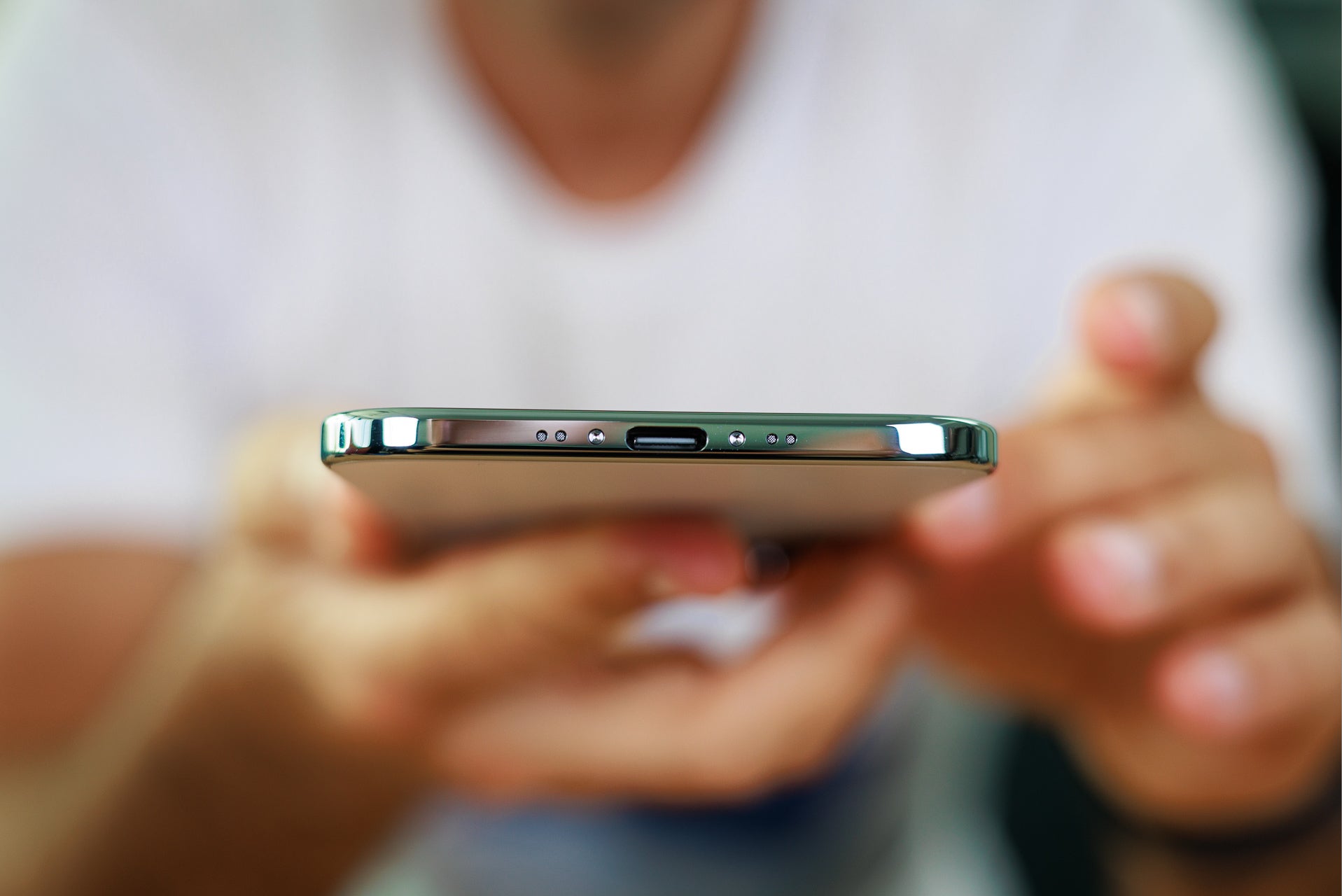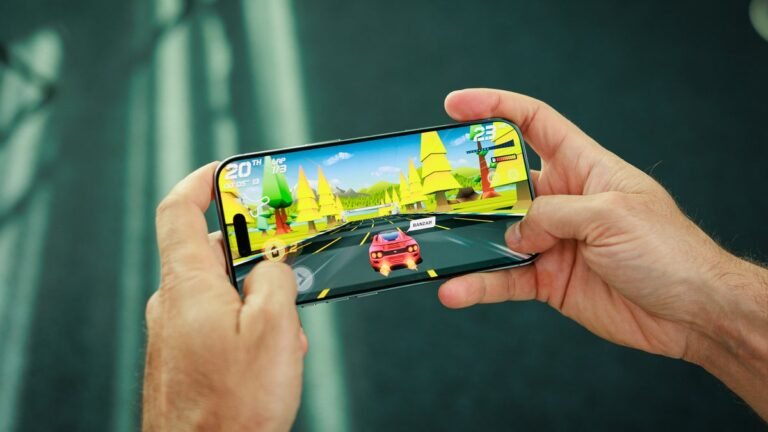The next-generation iPhone Air may not get a flashy redesign. Instead, its main focus will reportedly be a move to a new 2-nanometer chip to fix its predecessor’s biggest flaw.
What’s next for the iPhone Air
While the first iPhone Air impressed with its incredible thinness, it came with a significant compromise: battery life. A new report from analyst Mark Gurman suggests Apple is prioritizing a fix.According to the report, the main focus of the second-generation iPhone Air will be a move to a 2-nanometer chip. This indicates the next update will be centered on internal refinement rather than major structural changes. The goal of this chip upgrade is reportedly singular: to help improve the Air’s battery life, which Gurman calls the “biggest drawback of the first model.”
Why a 2nm chip is a big deal
The iPhone Air’s thinness held it back from having a beefier battery. | Image credit — PhoneArena
Moving to a 2nm process is a major leap in chip technology. For consumers, this doesn’t just mean a faster phone. A smaller “node” allows Apple to pack transistors more densely. This can be used to boost performance, but more importantly for a device like the Air, it can drastically improve power efficiency.In an ultra-thin chassis, there is a physical limit to how large the battery can be. The first
iPhone Air seemingly pushed this limit too far, resulting in endurance that didn’t meet the expectations set by other Pro models.
By focusing on a 2nm chip, Apple is tackling the problem at its source. A more efficient processor can perform the same tasks using less power, which directly translates to longer battery life from the same-sized (or similarly sized) battery. For a phone defined by its slimness, making the “brains” of the device sip power is the most logical way to improve its stamina.
The right call?
From my perspective, this is absolutely the right move for Apple to make. While the design of the first
iPhone Air was a stunning engineering feat, its practicality was immediately called into question by its poor battery life. A phone that can’t be reliably used for a full day is a non-starter for most people, regardless of how thin it is.
Focusing the second-generation model on fixing this fundamental flaw shows Apple is treating the Air as more than just a “technology exercise.” It’s an acknowledgment that for a device to be successful, the core experience has to be solid. Upgrading the chip for efficiency rather than adding flashy new design features is a mature and necessary step to make the iPhone Air a viable product for a wider audience, not just those willing to sacrifice everything for thinness.




